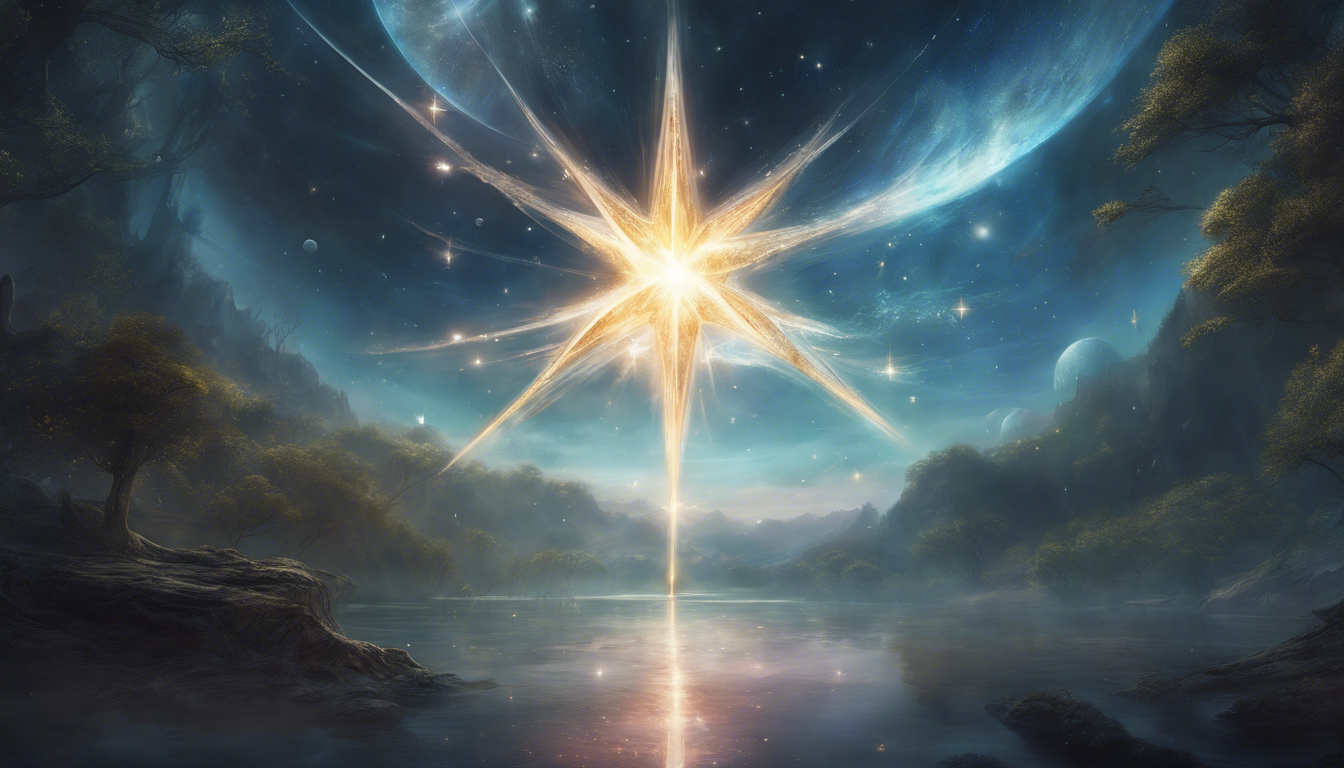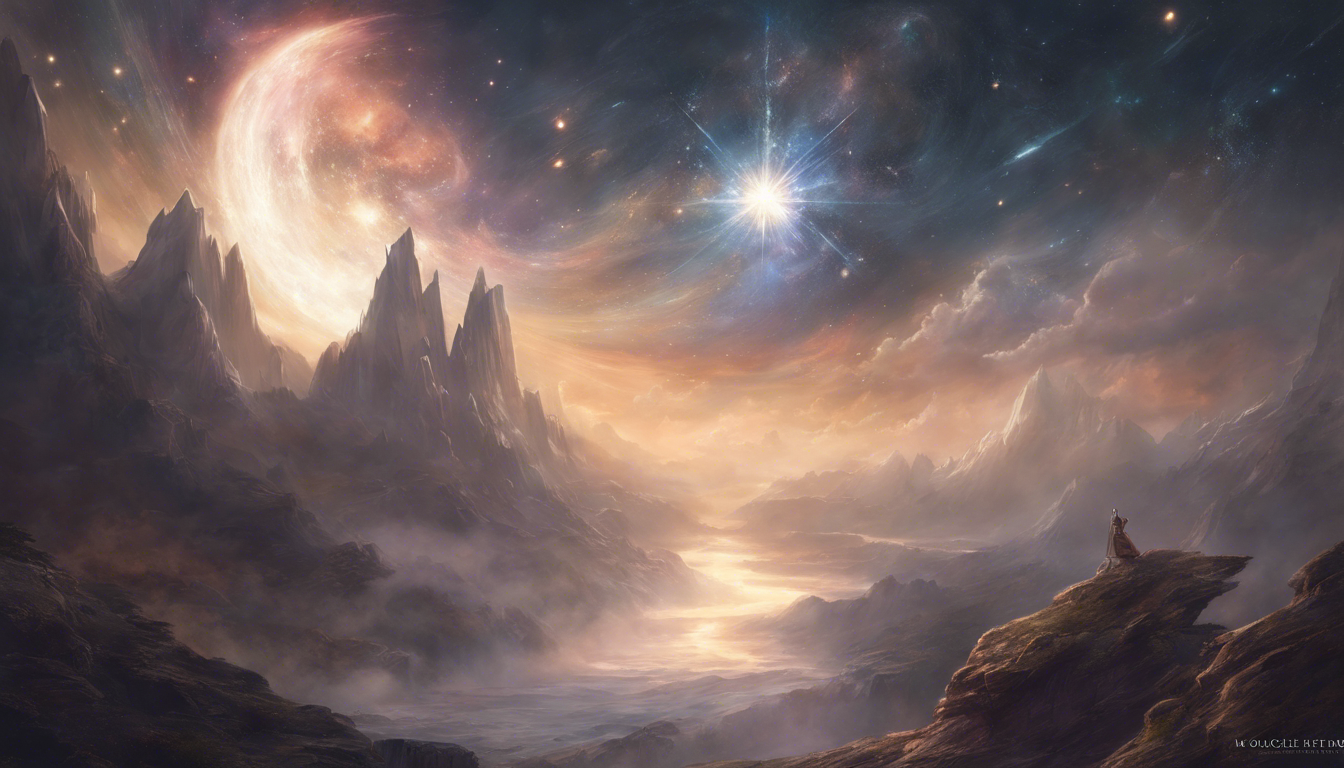The Significance of Stars in Different Cultures
Stars have captured the imagination of human beings since time immemorial. These celestial bodies have not only been a source of wonder and awe, but they have also held great significance in various cultures around the world. From ancient civilizations to modern societies, stars have played important roles in religion, navigation, and folklore, symbolizing different things across different cultures. Let’s explore the significance of stars in various cultures and gain a deeper understanding of their cultural importance.
Ancient Egyptian Culture
In ancient Egyptian culture, stars held a profound religious significance. The ancient Egyptians believed that stars were manifestations of their deities. For example, the star Sirius was associated with the goddess Isis, representing both her nurturing aspect and her power. The alignment of certain stars, such as Orion’s Belt, was believed to be connected to the rebirth of the god Osiris. These celestial connections were integrated into their mythology and religious practices.
Indigenous Australian Culture
The Aboriginal people of Australia hold a deep spiritual connection to the stars. They believe that their ancestors descended from the stars and that their spirits return to the celestial realm after death. The Dreamtime stories, which form the foundation of Aboriginal culture, often mention the creation of the stars and their significance in guiding their daily lives. The movement of certain stars is used to determine the changing seasons, migration patterns of animals, and the availability of food.
Native American Culture
Native American cultures have rich star lore intertwined with their spirituality. The Lakota Sioux, for example, have a star knowledge system called the Star Chart, which guides their agricultural practices and sacred ceremonies. The Pleiades, known as the Seven Sisters, hold a special place in many Native American tribes, symbolizing unity, guidance, and protection. Stars are also believed to be the dwelling place of spirits and ancestors, serving as a link between the physical and spiritual realms.
Chinese Culture
In Chinese culture, stars are associated with astrology and divination. Ancient Chinese astronomers observed the night sky and identified patterns, which were then used to develop the Chinese zodiac. Each zodiac sign is associated with a specific animal and is believed to influence a person’s character and destiny. Moreover, stars such as the North Star and the South Star were crucial for navigation and maritime activities. They provided guidance for sailors and helped them navigate the vast oceans.
Modern Culture
In modern culture, stars continue to hold significance, often symbolizing dreams, hopes, and aspirations. The phrase “reach for the stars” is frequently used as an inspirational message, encouraging individuals to strive for their goals and ambitions. Stars are also associated with fame and stardom in various entertainment industries. Additionally, stargazing has become a popular leisure activity, allowing people to reconnect with the wonders of the universe and find solace in the vastness of the cosmos.
In conclusion, stars have had profound cultural significance throughout history and across different cultures. Whether serving as religious symbols, navigational tools, or sources of inspiration, stars have continually captured human imagination and sparked a sense of wonder. The next time you gaze up at the night sky, take a moment to appreciate the significance of those twinkling lights and the rich cultural tapestry they represent.
The Symbolism of Stars in Religion and Spirituality

Stars have captivated human beings for centuries. They have been a source of fascination, inspiration, and wonder. In many religions and spiritual traditions, stars hold a significant symbolic meaning. They are seen as powerful cosmic forces that connect us to the divine and help us understand our place in the universe. This article explores the symbolism of stars in various religions and spiritual practices.
Christianity
In Christianity, stars often represent the presence and guidance of God. The star of Bethlehem is a prominent example of this symbolism. According to the New Testament, a bright star appeared in the sky, leading the Wise Men to the birthplace of Jesus. This star is seen as a symbol of hope, guidance, and the divine presence. In Christian art, stars are often depicted surrounding the figures of saints and angels, representing their divine connection.
Islam
In Islam, stars are also highly symbolic. The Quran mentions stars as signs of God’s creation and power. Stars are seen as a manifestation of God’s guidance and wisdom. They are considered a source of inspiration and a symbol of divine perfection. Muslims often look at the stars in the night sky as a reminder of God’s vastness and the beauty of creation. The crescent and star symbol, seen on the flags of many Muslim countries, represents both Islam and the prominence of stars in Islamic symbolism.
Hinduism
In Hinduism, stars have deep spiritual significance. They are associated with the deities and the celestial realms. The goddess Saraswati, who embodies knowledge, creativity, and music, is often depicted with a veena, an Indian musical instrument whose strings resemble stars. Stars are also seen as a symbol of enlightenment and divine wisdom. In Hindu astrology, the positions and movements of stars are believed to influence human destinies.
Buddhism
In Buddhism, stars carry both literal and metaphorical meanings. Literally, stars can represent celestial realms and the divine. Metaphorically, stars symbolize enlightenment and the ultimate goal of Buddhahood. The concept of “Bodhisattva stars” refers to beings who have attained high levels of spiritual realization and serve as guiding lights for others on their path to enlightenment. The bright and pure nature of stars aligns with the qualities Buddhists strive to cultivate.
Stars hold deep symbolism in various religions and spiritual traditions. They represent divine presence, guidance, enlightenment, and the interconnectedness of all beings. Whether we look at the starry sky with awe and wonder or find solace in their symbolic meaning, stars have a universal appeal that transcends cultural and religious boundaries. So, the next time you gaze at the stars, let their twinkling beauty remind you of the spiritual significance they hold and the infinite mysteries of the universe.
Stars as a Source of Guidance and Inspiration

The Celestial Dance
Stars have captivated human beings since the dawn of time. Their shimmering beauty and celestial dance across the night sky have fascinated and inspired us for centuries. But beyond their aesthetics, stars have also served as a source of guidance and inspiration in various cultures and spiritual practices.
Ancient Navigation
Before the advent of modern technology, stars were relied upon for navigation. Sailors used the positions of certain stars, such as Polaris, to find their way across vast oceans. This ancient form of navigation not only guided them physically but also symbolized the human quest for direction and purpose. The stars, seemingly constant and unwavering, reminded us that there is always a path to follow, even in the darkest of times.
Ancient Wisdom
Many ancient civilizations believed that the movements and alignments of stars held deep spiritual significance. The Mayans, for example, developed an intricate calendar based on celestial events, viewing the stars as messengers from the gods. They believed that these celestial patterns could provide guidance and insight into human affairs, helping them make important decisions and plan for the future.
Stellar Symbolism
Stars have also been used as powerful symbols in mythology and religious traditions. In Christianity, stars are often associated with divine guidance and enlightenment. The Star of Bethlehem, for instance, guided the Wise Men to the birthplace of Jesus. In Hinduism, the symbol of a star represents the divine spark within each individual – a reminder of our true nature and potential.
Celestial Inspiration
Stars have long been a source of inspiration for poets, writers, and artists. They represent dreams, aspirations, and the vastness of the universe. Countless poems and songs have been written about their beauty, evoking a sense of wonder and awe. Artists have sought to capture their brilliance on canvas, attempting to recreate the mesmerizing glow that fills the night sky.
Connecting with the Stars
Today, we can still find solace and inspiration by connecting with the stars. Taking a moment to gaze at the night sky can remind us of the infinite possibilities that exist in our own lives. It serves as a reminder to keep reaching for the stars, to follow our dreams and passions with unwavering dedication.
Whether we interpret their movements as cosmic guidance or simply find comfort in their beauty, stars hold a special place in our hearts and minds. They continue to guide us, inspire us, and remind us of the wonders that exist both within and beyond our own world.
The Personal Interpretation of Stars

The Spiritual Connection
In our vast universe, stars have captivated and fascinated mankind for centuries. Beyond their visual beauty, stars hold immense spiritual significance in various cultures and belief systems. For many, stars are more than just celestial objects; they are powerful symbols that hold personal interpretations and meanings.
Divination and Astrology
One way people interpret stars is through divination and astrology. Astrologers study the alignment and position of stars and planets at the time of a person’s birth to determine their personality traits, life path, and future events. This practice is based on the belief that the positions of celestial bodies can influence the course of a person’s life.
Astrology enthusiasts often refer to the zodiac, a band of constellations that the Sun, Moon, and planets appear to pass through throughout the year. Each zodiac sign is associated with specific traits and characteristics, which are believed to be influenced by the energies of the stars during a person’s birth.
Connecting with the Cosmos
For others, stars are a means of connecting with the cosmos and seeking guidance and inspiration. Many spiritual and religious traditions encourage individuals to look up at the night sky and contemplate their place in the universe. This practice inspires awe, wonder, and a sense of interconnectedness with the vastness of creation.
Some people find solace and clarity by meditating under the stars or practicing rituals that involve star gazing. They believe that stars possess divine energy and have the power to open channels of communication with higher realms.
Symbols of Hope and Guidance
Stars have long served as symbols of hope, guidance, and protection. In many cultures, they are associated with deities, gods, and spiritual beings. Ancient navigators used stars to navigate the seas, relying on their positions to find their way home.
Stars are often seen as beacons of light in the darkness, guiding lost souls and offering a sense of direction and purpose. In times of uncertainty, people may look up at the night sky and find comfort in the shining stars, believing that they are watching over them and guiding them on their path.
The personal interpretation of stars is a deeply individual and spiritual experience. Whether it is through astrology, divination, meditation, or simple contemplation, stars have the power to inspire, guide, and connect us to something beyond our earthly existence. They remind us of the vastness of the universe and our place within it, allowing us to find meaning and purpose in the celestial wonders above.


Article written by Dera
Greetings, I am Dera, a 35-year-old individual with a deep passion for spirituality. Through my website, I aim to share my insights and knowledge to help others on their spiritual journey. Join me on the path to inner peace and enlightenment.